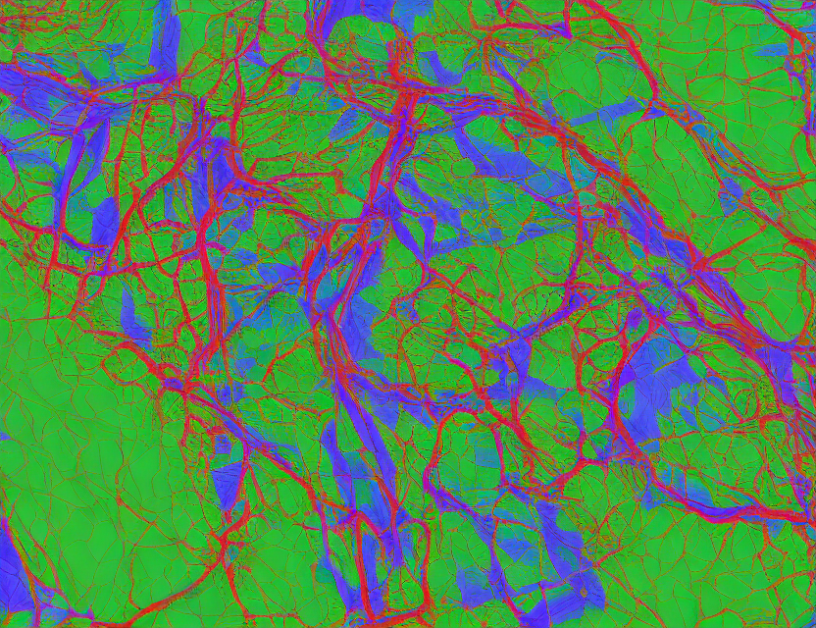This article proposes three new models for segmenting synthetic aperture radar (SAR) images, which are affected by multiplicative gamma noise. The proposed models are designed to automatically detect exterior and interior boundaries of SAR images using a fast minimization technique called the split Bregman method. The first model is based on a globally convex segmentation approach, while the second and third models use non-convex energy functionals. Comparative experiments show that the proposed models outperform existing models in terms of speed and accuracy, especially when dealing with severe multiplicative gamma noise. The results demonstrate that the proposed models can accurately detect the boundaries of SAR images and reduce the effects of noise compared to existing methods.
The article begins by explaining that SAR images suffer from speckle noise, which makes it difficult to interpret them. To address this issue, the authors propose three new models for segmenting SAR images based on a fast minimization technique called the split Bregman method. The first model uses a globally convex segmentation approach, while the second and third models use non-convex energy functionals.
The authors explain that existing models have limitations when it comes to dealing with multiplicative gamma noise, which is a common problem in SAR images. They propose their new models as a solution to this problem, highlighting their ability to automatically detect exterior and interior boundaries of SAR images accurately.
The article then provides a detailed explanation of each proposed model, including the TV term and the split Bregman method used for fast minimization. The authors also discuss the advantages of using non-convex energy functionals over convex ones, as they provide better results in terms of accuracy and speed.
In conclusion, the article demonstrates that the proposed models outperform existing models in terms of speed and accuracy, especially when dealing with severe multiplicative gamma noise. The authors also highlight the advantages of using non-convex energy functionals over convex ones. Overall, the article provides valuable insights into the challenges of SAR image segmentation and proposes effective solutions to address these challenges.



